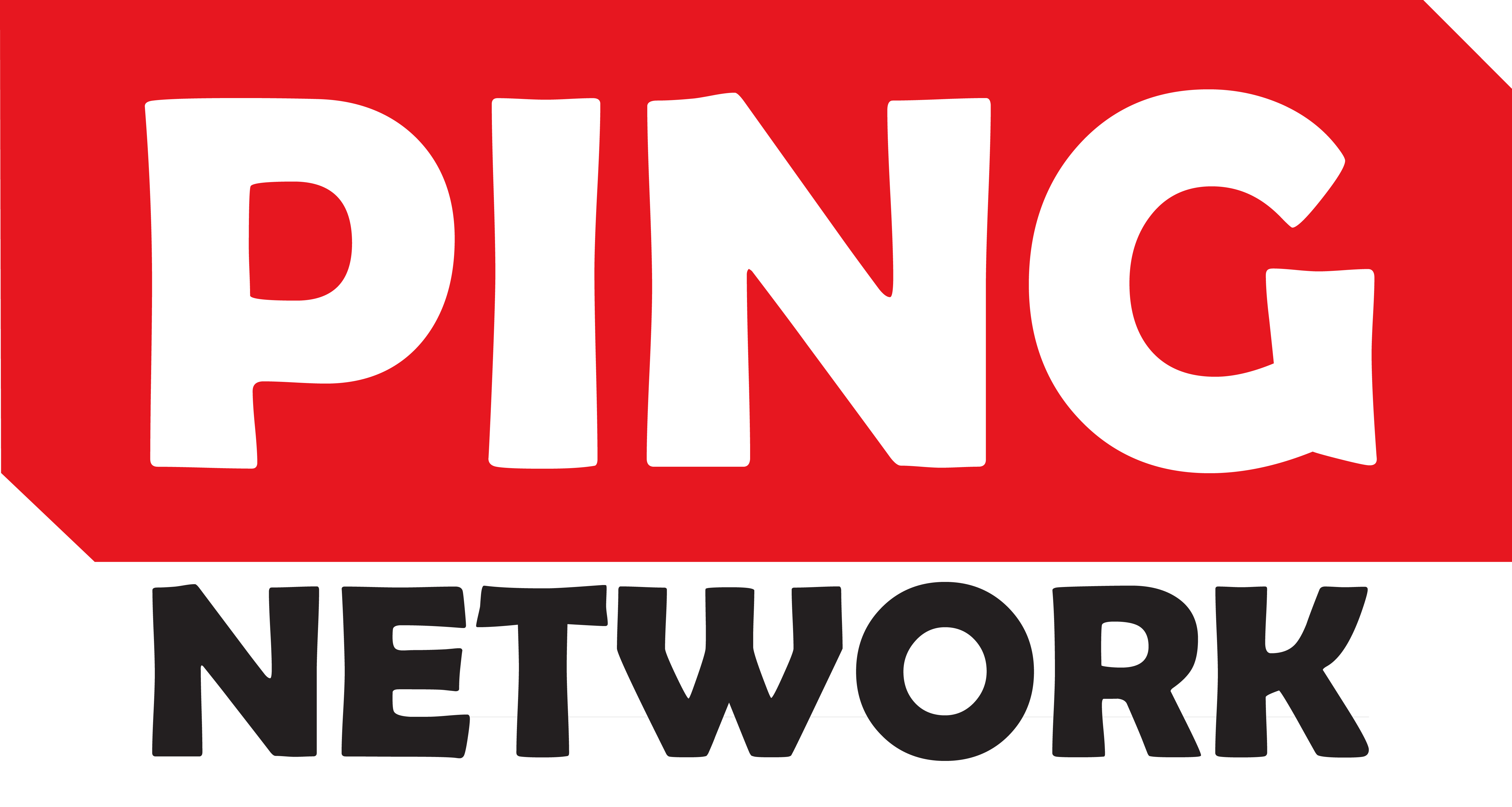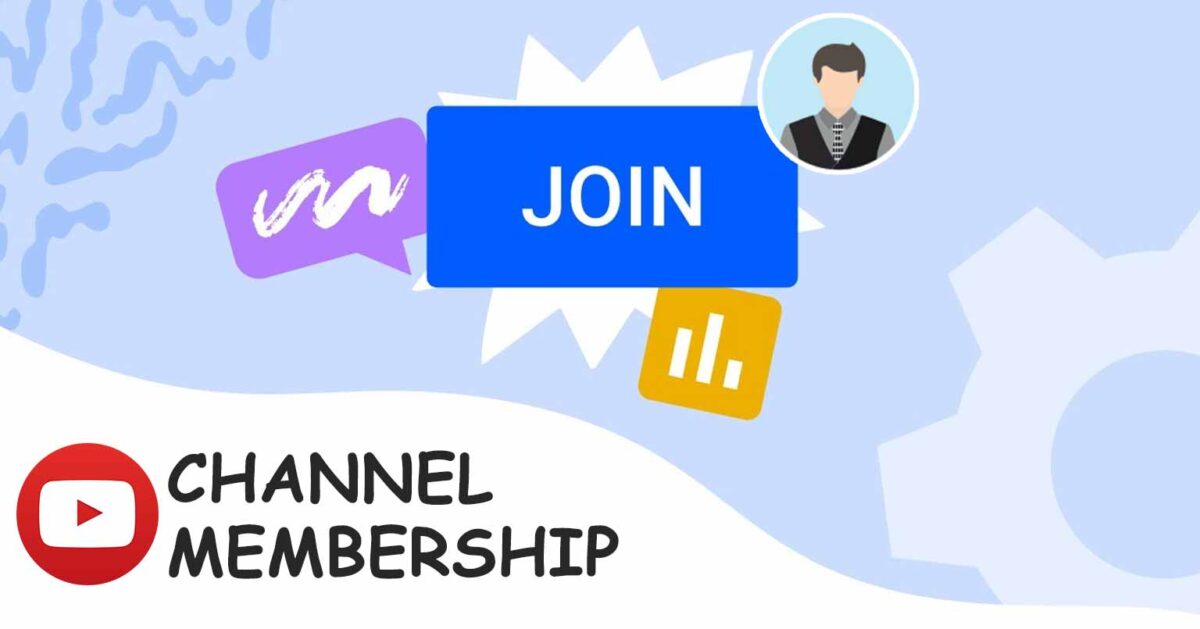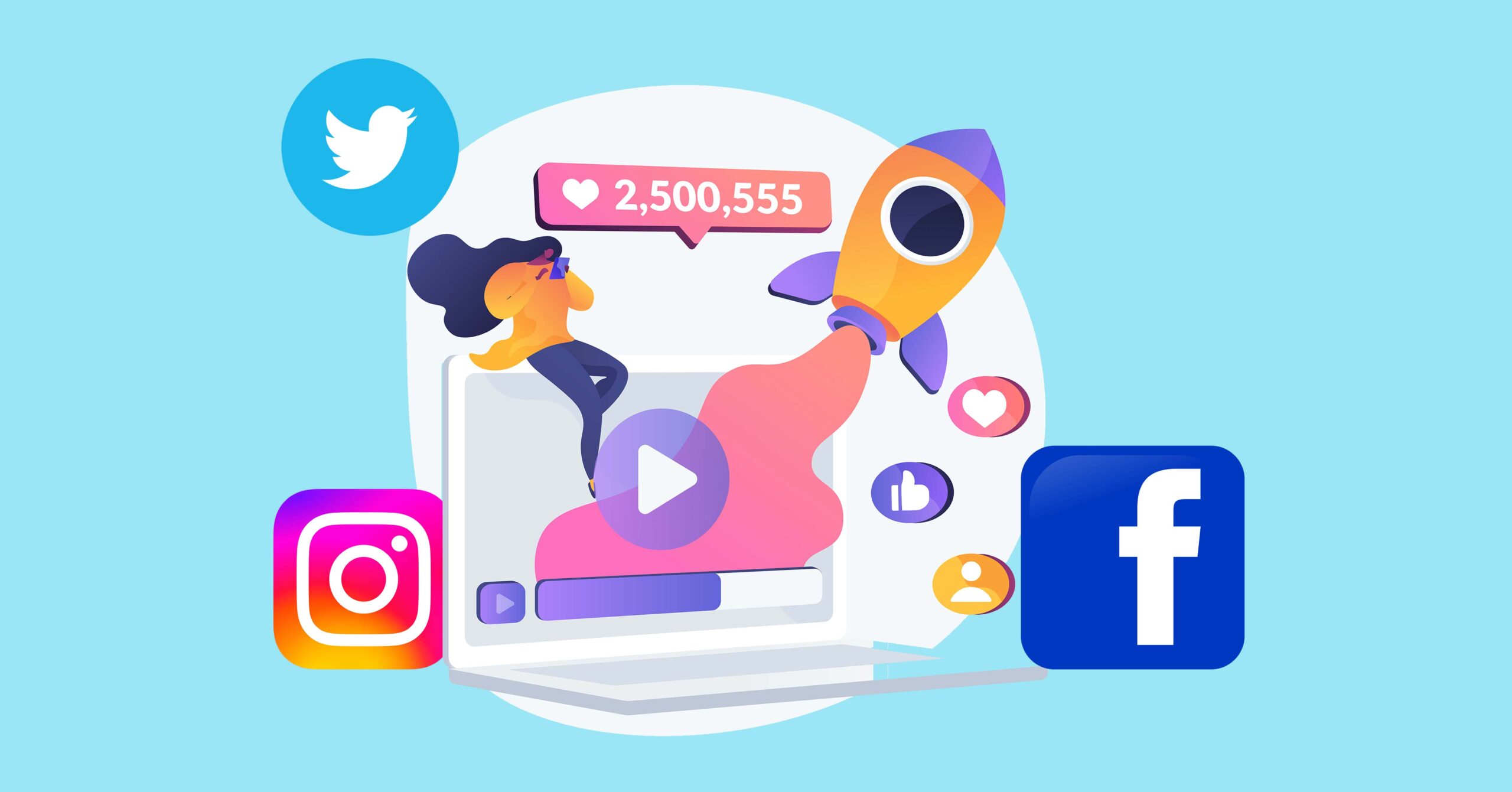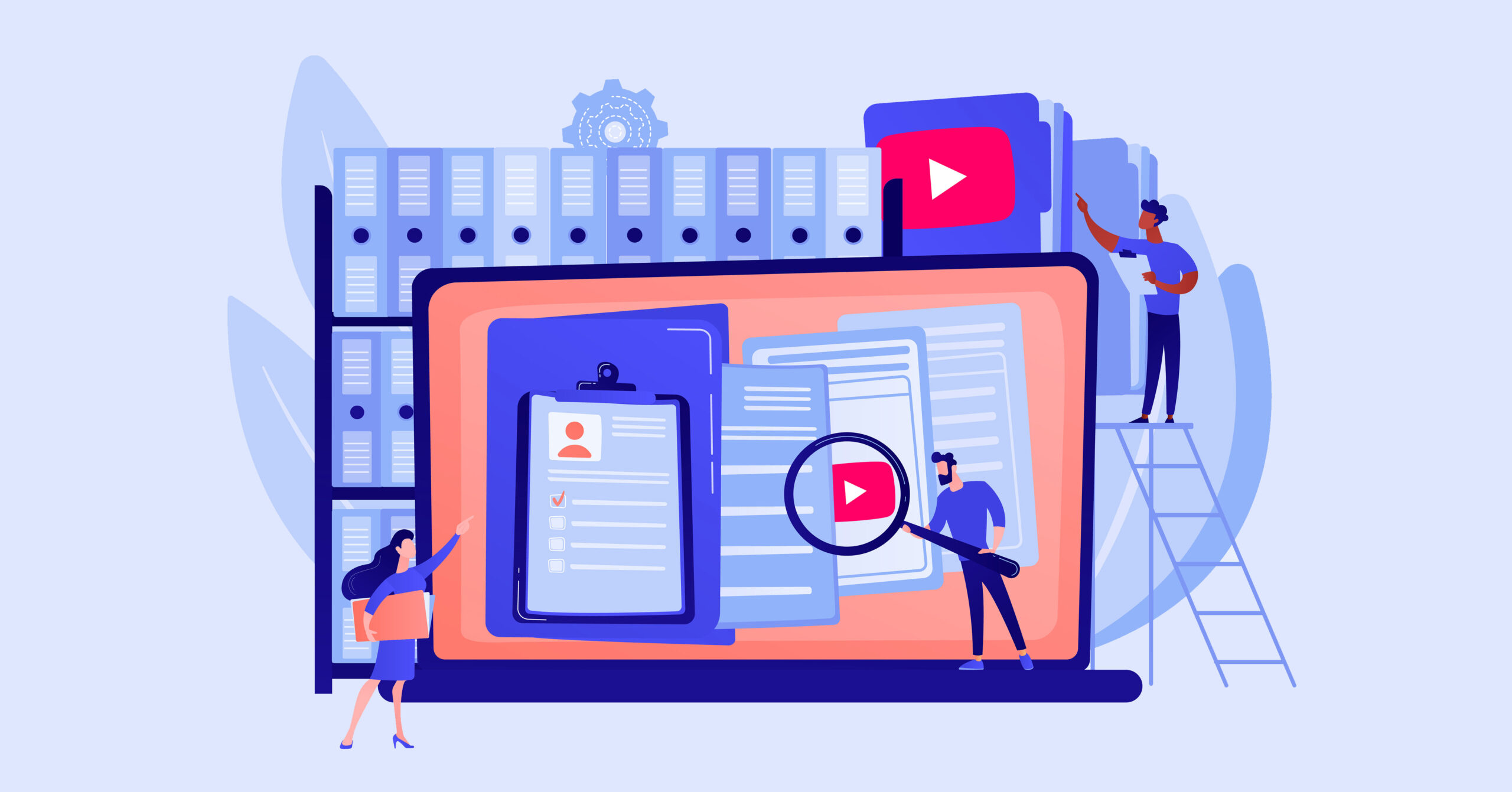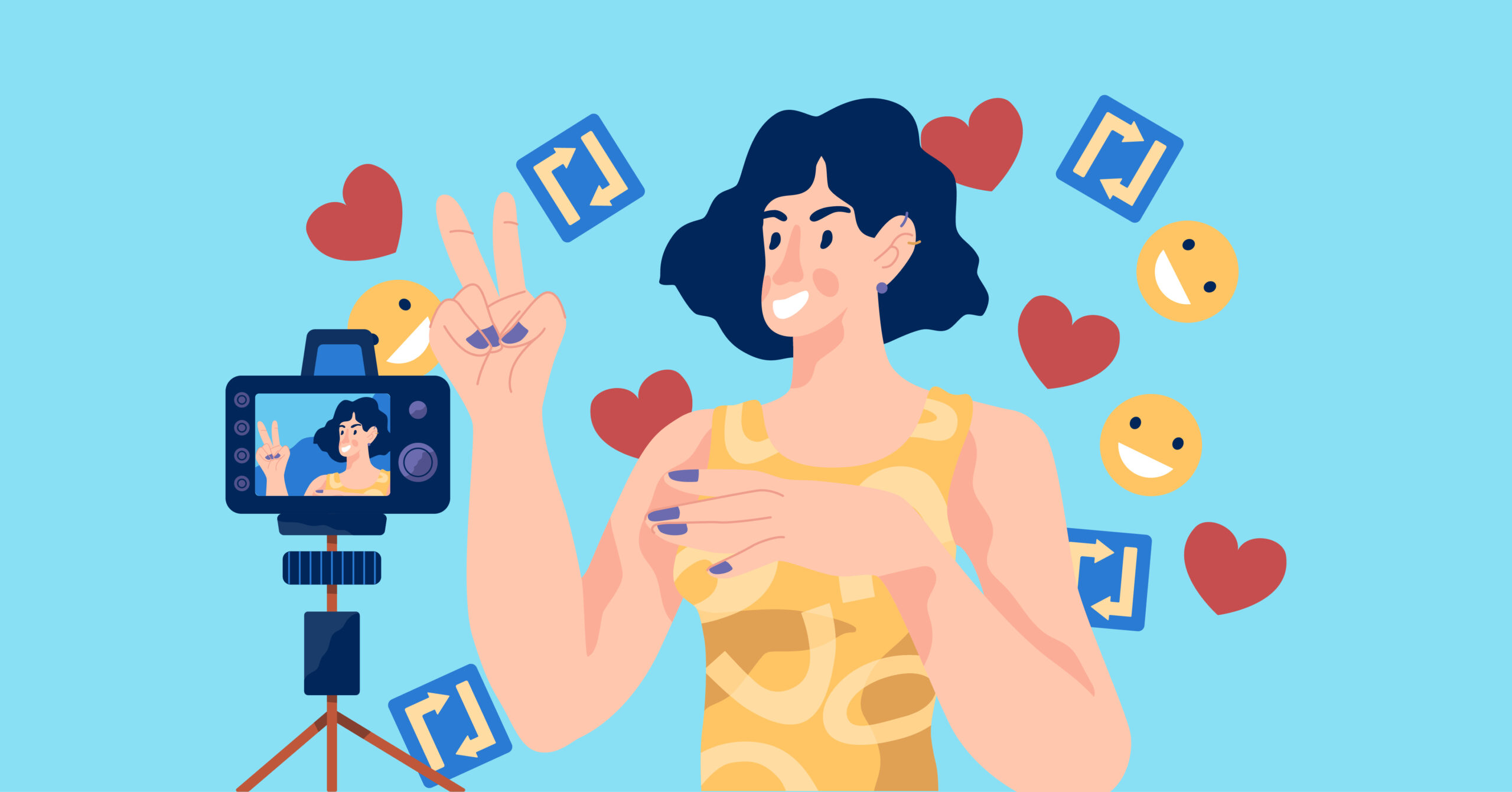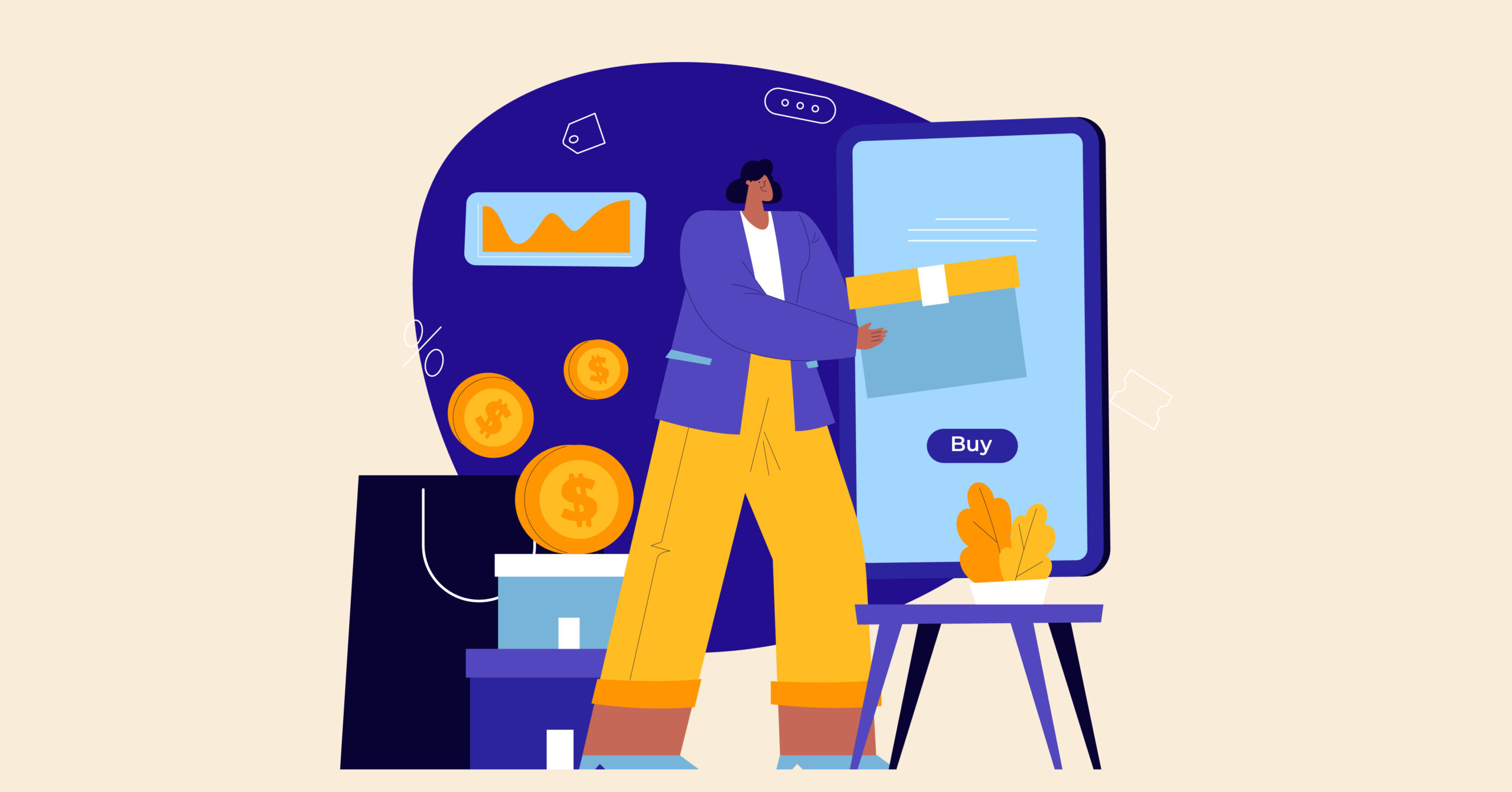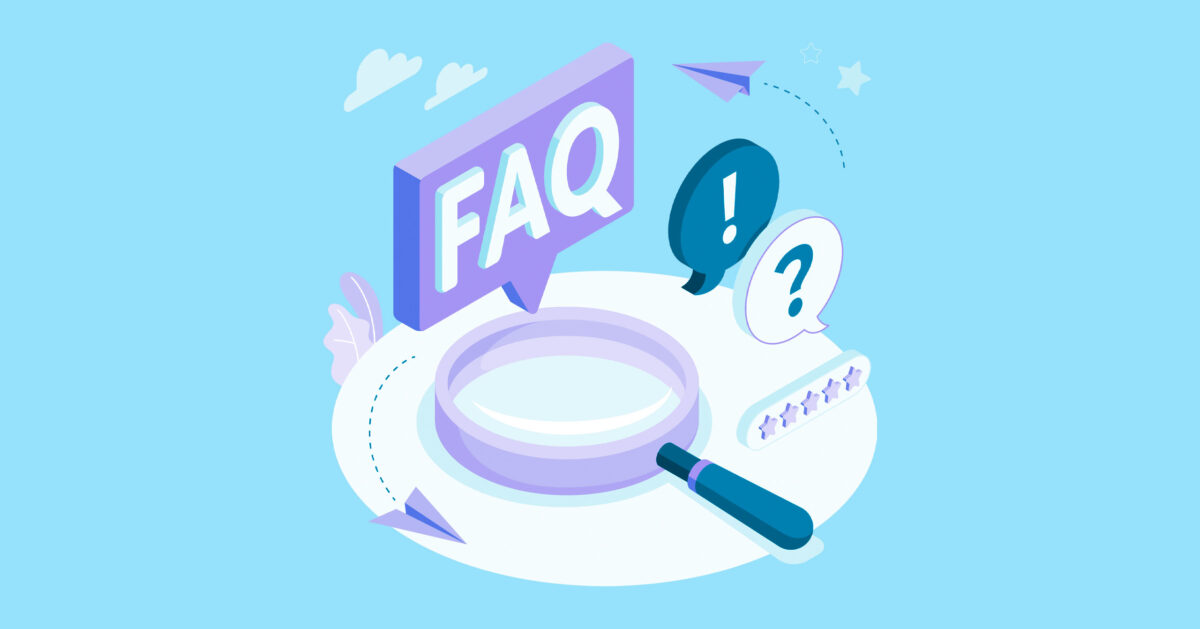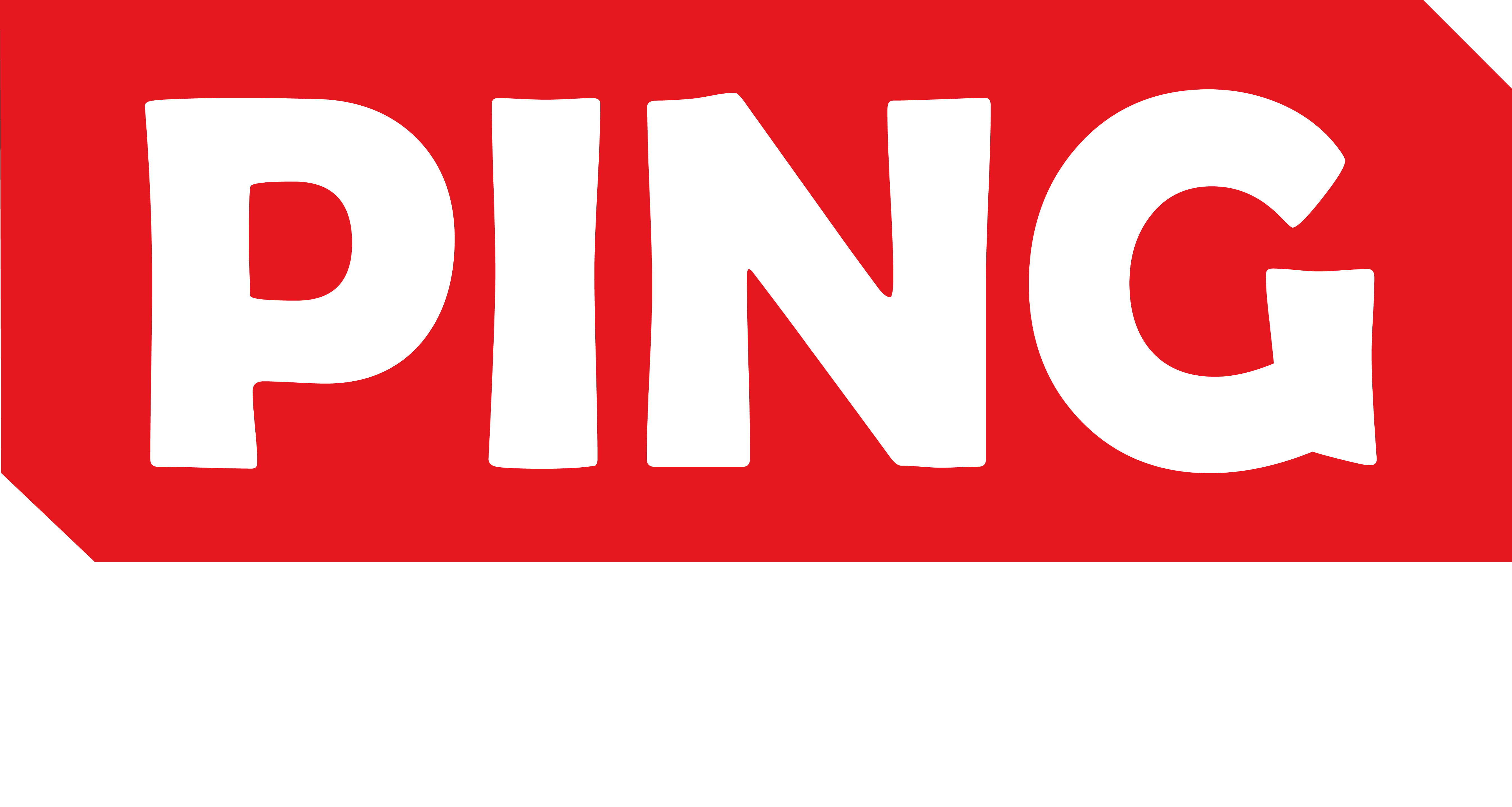Use Channel Membership Feature to give credit to the supporting members
A channel membership feature allows YouTube channels to offer exclusive content, perks, and advantages to their subscribers, usually for a monthly fee. Channel memberships are a great way for creators to monetize their content, as they can offer exclusive access to videos, behind-the-scenes content, and live chats. This can be a great way to reward loyal viewers and help creators monetize their channels.
The Channel Membership feature allows you to give credit to members who support your channel. You can thank them for their support and reward them with exclusive access to content, discounts, and other rewards. This feature is available for all YouTube Creators who have a channel with at least one thousand subscribers.
To start using Channel Membership, you simply need to enable it on your channel and set up different tiers of memberships. Then, you can select what benefits each tier will have access to.
You can also use this feature to thank members and provide them with exclusive content, discounts, and other rewards. This feature is an excellent way to build loyalty and reward your supporters.
Steps to use Channel Membership Feature:
1. Set up your channel:
Before you can use the channel membership feature, you need to set up your channel. This can include setting up a profile picture, choosing a channel name, and writing a description of your channel.
2. Create a membership tier:
You will need to create a membership tier for your channel. You can choose to offer multiple tiers of memberships, with different benefits for each.
3. Promote your membership
Once you have your memberships set up, you will need to promote them to your viewers. You can do this by creating posts on social media, sending out emails, or even running ads to reach potential members.
4. Collect subscriptions:
You will need to collect subscribers’ payment information. This can be done through a third-party payment processor, such as PayPal or Stripe.
5. Offer rewards:
You can offer exclusive rewards to your members, such as behind-the-scenes videos, access to exclusive content, or discounts on merchandise.
6. Monitor progress:
You should regularly monitor how your channel membership is going. This can be done through analytics and reports in your channel’s dashboard.
